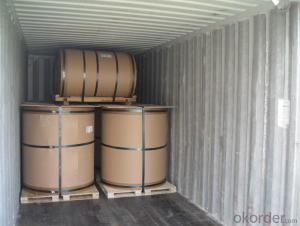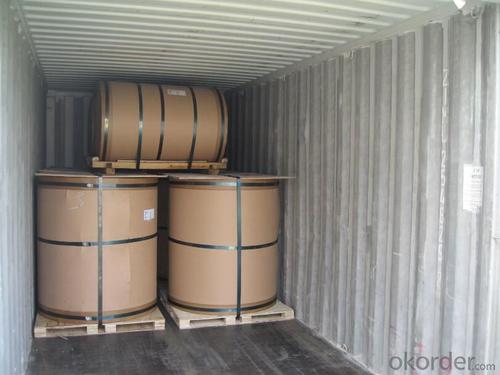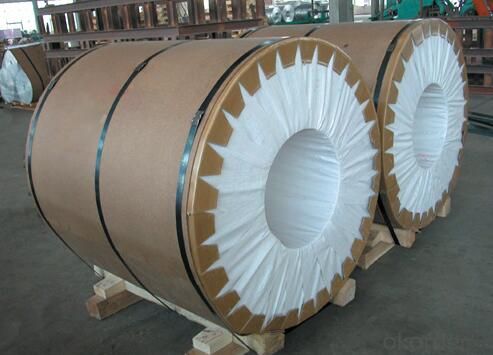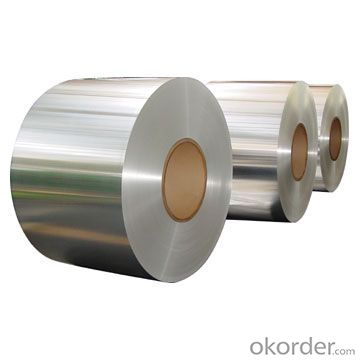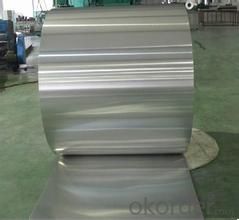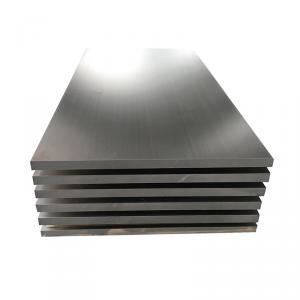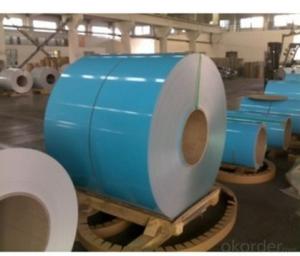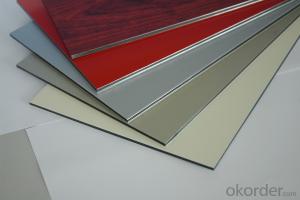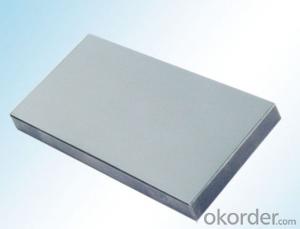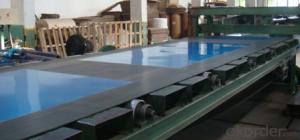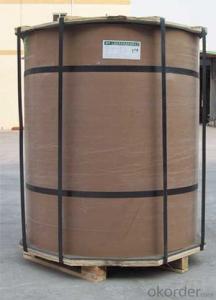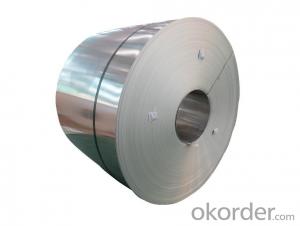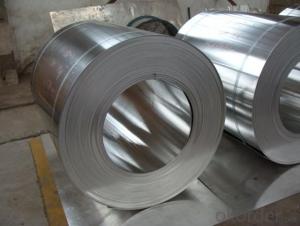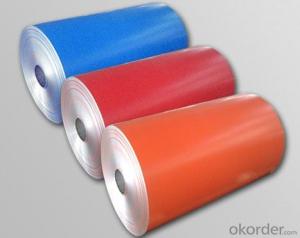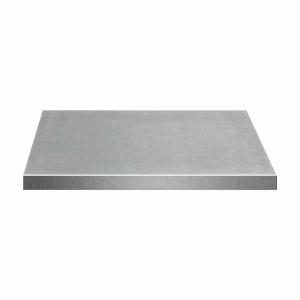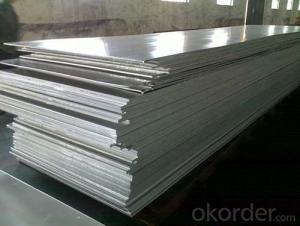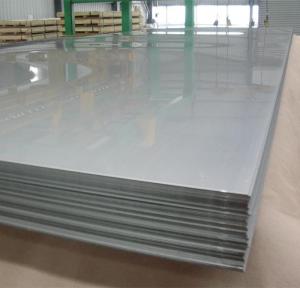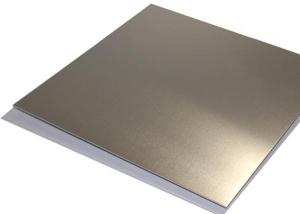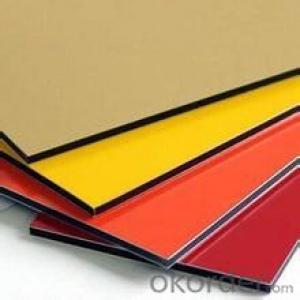Stamping Aluminum Sheets - Aluminium Coil for Industry Use/Aluminium Coil Sheet 6061 T8
- Loading Port:
- Shanghai
- Payment Terms:
- TT OR LC
- Min Order Qty:
- 8 m.t.
- Supply Capability:
- 20000 m.t./month
OKorder Service Pledge
OKorder Financial Service
You Might Also Like
Specification
Aluminium Coil for Industry use/Aluminium Coil Sheet 6061
Packaging & Delivery
Packaging Details: standard seaworthy exporting carton,
Wooden pallets,waterproof paper and plastic coverage or or as per customer's requirements
Delivery Detail:20-45 days
Specifications
aluminum sheet manufacturer in China
1.High quality aluminum sheet/coil
2.Reasonable price
3.Prompt delivery
4.Wearability
Professional Aluminum Sheet Manufacturer in China
2.Application: Widely used in ACP,construction like curtain wall,shutter,ceiling,interior or exterior decoration etc.
3.MOQ:about 5Mertic Tons with each size.
4.Port qingdao,ningbo,shanghai,tianjin port,china.
5.Payment Terms: 100% Irrevocable L/C at sight or 30% T/T as deposit,70% balance against the B/L copy.
6. Delivery: about 30 days after receving the deposit or L/C.
7. Certificate: SGS,ISO9001-2008 etc.
8. Attention:The specific things can be negotiated according to the customers' requirment.
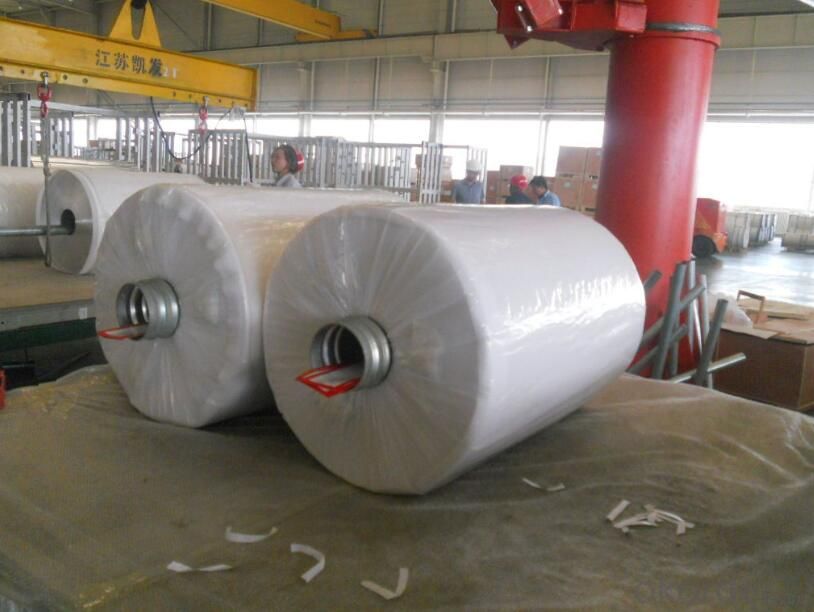
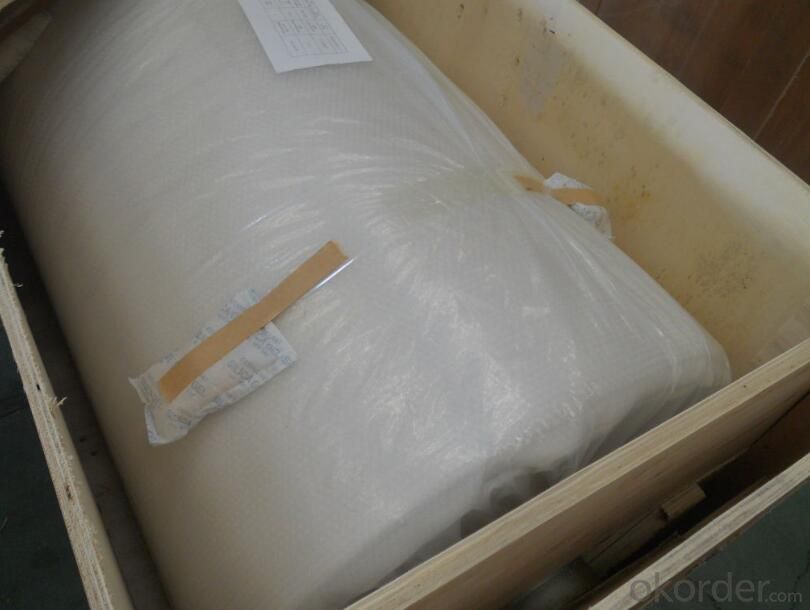
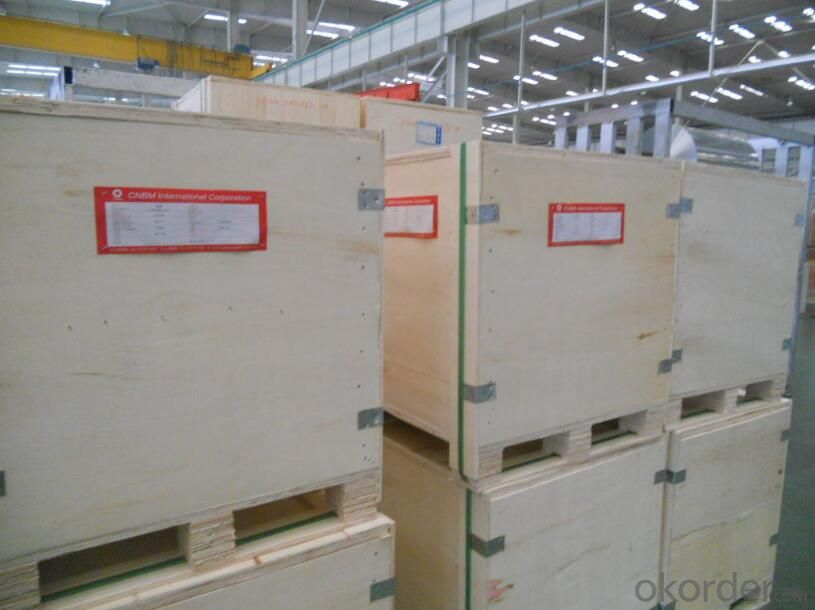
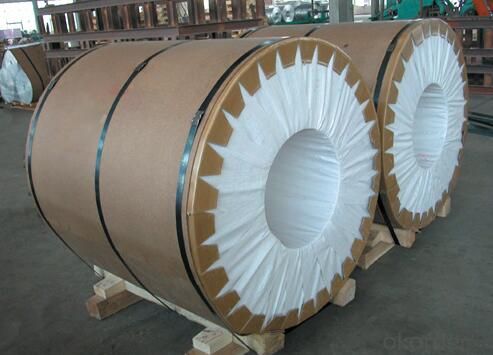
- Q: Can aluminum sheets be coated with other materials?
- Yes, aluminum sheets can be coated with other materials. This process is known as aluminum sheet coating or aluminum sheet finishing. Coating aluminum sheets with other materials serves multiple purposes, such as enhancing their appearance, protecting against corrosion, improving durability, and providing insulation. There are various methods to coat aluminum sheets, including painting, anodizing, laminating, and powder coating. Each method offers different benefits and is chosen based on the desired outcome and intended use of the coated aluminum sheet. Coating aluminum sheets with other materials allows for customization, versatility, and increased functionality in a wide range of applications, including construction, automotive, aerospace, and consumer goods industries.
- Q: I'm trying a new brownie recipe for the holidays this year. My experiences with baking brownies is never good. After I've taken them out of the oven and let them cool, I can never get them out of the pan without them falling apart on me! Can I bake brownies in the pan if it's lined with aluminum foil? I think that may make them easier to get out. Also, the new recipe I'm trying is actually a cheater recipe that starts with devils food cake mix. These are going to be gifts for friends and coworkers, and I just want perfectly squared, clean brownies! Any tips or ideas?
- Do not use aluminum foil......there is a good chance it will still stick and leave little bits of foil on your brownies. I use parchment paper (and no wax paper will not work). I usually spray the pan with PAM cooking spray so the parchment paper will stay in place. Let the brownies cool completely and the entire thing should pop right out and you can slice it up.
- Q: This question asks for methods to guarantee the safety and reliability of a project when using aluminum sheets.
- <p>To ensure your project's safety and reliability using aluminum sheets, follow these steps: 1. Choose high-quality aluminum sheets with the appropriate thickness and grade for your project's requirements. 2. Ensure proper design and engineering to withstand expected loads and stresses. 3. Use appropriate fasteners and joinery methods to secure the sheets, avoiding stress concentrations. 4. Implement corrosion protection measures such as coatings or anodizing, especially for outdoor applications. 5. Perform regular inspections and maintenance to check for signs of wear, corrosion, or damage. 6. Adhere to safety standards and regulations for aluminum construction. 7. Consult with professionals or engineers experienced in aluminum fabrication for guidance and validation.</p>
- Q: Which is good, aluminum curtain wall?
- Aluminum veneer manufacturers preferred Beijing Jinsheng Aluminium Industry Co. Ltd., it is very important to choose a single aluminum plate manufacturers, Beijing Jinsheng Aluminium Industry Co. Ltd is a professional manufacturer of aluminum veneer, advanced CNC equipment, first-class fluorocarbon spraying line, is your trusted manufacturer of aluminum veneer, aluminum veneer of large manufacturers, advanced technology, advanced technology and to undertake all types of single aluminum plate engineering, quality assurance, price concessions.
- Q: How do you ensure the flatness of large aluminum sheets?
- To guarantee the flatness of large aluminum sheets, there are several essential measures that can be taken: 1. Choosing the right material: Begin by selecting top-quality aluminum sheets that are specifically designed for flatness. These sheets should have a consistent thickness and minimal internal stress to minimize the risk of warping. 2. Proper storage: Store the aluminum sheets in a controlled environment to prevent exposure to extreme temperature changes or humidity. This will help prevent any potential expansion or contraction of the metal, which can result in warping. 3. Handling and transportation: When moving or transporting the aluminum sheets, ensure that they are evenly supported to avoid any bending or flexing. Use appropriate lifting and handling equipment to avoid putting excessive strain on the sheets. 4. Machining and processing: During the machining and processing stages, it is crucial to employ proper techniques and equipment to maintain flatness. Utilize precision machinery that can handle large sheets and has features to minimize distortion or bending during cutting, drilling, or forming processes. 5. Heat treatment: If necessary, heat treatment can be used to relieve any residual stress in the aluminum sheets. Thermal stress relief techniques, like annealing, can help reduce internal stress and enhance flatness. 6. Quality control: Implement a rigorous quality control procedure to ensure the flatness of the aluminum sheets. This can involve regular inspections using precision measuring instruments, such as straightedges or laser scanners, to identify any deviations from flatness. If any issues are detected, corrective actions can be taken promptly. By following these steps, manufacturers can guarantee the flatness of large aluminum sheets, a critical requirement for industries such as aerospace, automotive, construction, and manufacturing.
- Q: is there any kind of deoderant, other than those crystals that smell, that don't have aluminum in it?
- Green People's deodorant doesn't have aluminium or parabens; many people avoid these to be on the safe side. Please be aware though that 'deodorants/anti-perspirants cause breast cancer' is an urban myth. There is no evidence that this is the case and the email that did the rounds a while ago was a hoax.
- Q: Do 101 aluminum sheets require any special maintenance or care?
- Maintenance or care is not necessary for 101 aluminum sheets. This material is durable and resistant to corrosion, allowing it to endure different environmental conditions without degradation. Nevertheless, to guarantee their longevity and optimal performance, it is suggested to regularly wipe them with a soft cloth or sponge to keep them free of dirt or debris. It is also advisable to avoid using abrasive or harsh cleaning agents in order to prevent potential harm to the aluminum sheets. In summary, with minimal attention and care, 101 aluminum sheets can retain their quality and appearance for an extended duration.
- Q: Can aluminum sheets be anodized in different finishes?
- Different finishes can be achieved when anodizing aluminum sheets. Anodizing, an electrochemical process, enhances the natural oxide layer on aluminum, increasing its thickness and durability. It is possible to customize this process to achieve clear, colored, or textured surfaces. The finish type relies on factors such as alloy composition, anodizing technique, and desired appearance. Due to their corrosion resistance, aesthetic appeal, and ability to maintain color over time, anodized aluminum sheets find extensive use in architecture, automotive, and electronics industries.
- Q: Are the aluminum sheets suitable for manufacturing power distribution panels?
- Yes, aluminum sheets are suitable for manufacturing power distribution panels. Aluminum is a lightweight and durable material with excellent electrical conductivity, making it ideal for use in power distribution systems. Additionally, it is highly resistant to corrosion, which is crucial for ensuring the longevity and reliability of the panels.
- Q: Can aluminum sheet be used for cookware?
- Yes, aluminum sheet can be used for cookware. Aluminum is a popular choice for cookware due to its excellent heat conductivity and lightweight properties. However, it is usually combined with other materials, such as stainless steel or non-stick coatings, to enhance its durability and prevent any potential reactions with certain foods.
Send your message to us
Stamping Aluminum Sheets - Aluminium Coil for Industry Use/Aluminium Coil Sheet 6061 T8
- Loading Port:
- Shanghai
- Payment Terms:
- TT OR LC
- Min Order Qty:
- 8 m.t.
- Supply Capability:
- 20000 m.t./month
OKorder Service Pledge
OKorder Financial Service
Similar products
Hot products
Hot Searches
Related keywords
